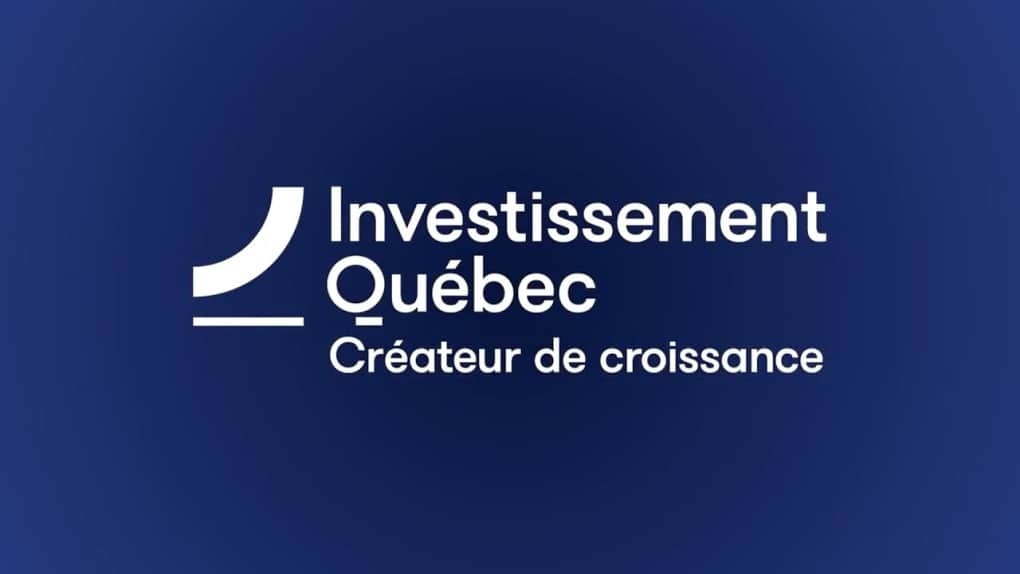
Nous avons fait un article dans la revue International Journal on Interactive Design and Manufacturing (IJIDeM), sur la création de stratégie pour la gestion de l’innovation et le développement des universités d’entreprise. Nous proposons un modèle intégratif qui fait le lien entre le processus de création de stratégie et le processus d’allocation stratégique de ressources en Recherche et Développement. Nous discutons de l’importance de développer des métacompétences en gestion des connaissances.
Strategy-making for innovation management and the development of corporate universities
Louis Rhéaume (ValorisAction, division de G4 SOLUTIONS) et Mickael Gardoni (ÉTS),
2015/11
International Journal on Interactive Design and Manufacturing (IJIDeM)
9, (36), pp. 1-12
Springer
Abstract
Innovation is now seen as a question of corporate survival and international competitiveness. While most innovation fails, companies that don’t innovate in the long term die. The importance of crafting a sound and coherent innovation strategy appears crucial in many industries, even more in turbulent environments where clear guidelines help managers allocate R&D resources internally or acquire technologies outside the firm. The paper is organized in the following way: in Sect. 2 the rigidity and structure related to strategic planning are compared with the flexibility and learning approach of strategy-making. In Sect. 3, organic (or internal) growth and external development of innovation are analyzed. In Sect. 4, the link between innovation strategy-making and R&D resource allocation are covered.
In Sect. 5, a discussion section integrates and compares the key streams in the strategy-making literature that is particularly relevant for innovation management. Finally, in conclusion, some areas for further research are suggested. Some authors argue that formal planning and incrementalism both form part of good strategic planning, especially in unstable environments. They also report that a period of learning in planning is also important. The crucial issue seems to be how individual learning is transferred to the organization and the shared mental models are what makes the rest of the organizational memory usable. One tool which can stimulate such individual and organizational learning is the recent popularity of corporate universities. The aim of managers should be to institutionalize learning. It is necessary to strengthen and diversify competencies in an organizational process to so-called “metacompetencies”.
For Hamel and Prahalad, strategy is more than the allocation of scarce resources across competing projects; it is the quest to overcome resource constraints through a creative and unending pursuit of better resource leverage with the corporation conceived as a portfolio of competencies as well as a portfolio of businesses and innovation projects. Incumbents that focus their network strategy on exploiting complementary assets through alliances generally outperform incumbents that focus on exploring the new technology. The technological strategies of corporate firms have several similarities to the investment strategy of venture capitalists. They are looking for complementarities between investments to nurture specialized knowledge and extract greater value with synergies. Appendix 2 proposes a new integrative model by making the connections between the strategy-making process and the R&D strategic resource allocation management process.
Top managers should try to control the initial cost structure of new growth business, because it influences greatly the critical resource allocation decisions in that business, and also recognize emergent strategies through processes such as discovery-driven planning and select the right mix of emergent versus deliberate strategies for each business in the organization. The determinants of product innovation in firms are mainly explained by the strategy being pursued and managers should be careful not to drift toward excessive conservatism or excessive entrepreneurship over innovation management. Some experts argue that strategic management, when continuously practised may develop in a firm core capability may have more enduring effects on the firm’s long-term performance than one-time strategies. Flexible strategic planning for innovation management appears more efficient, particularly in turbulent environments. A bottom-up approach of technology strategy-making favorizes the crafting of emergent strategies.
One tool, communities of practice has an important influence on strategy-making for innovation management due to empowerment. A corporate university can become another influent knowledge management strategic tool, only if enough resources are devoted to its development and managers adopt a long-term perspective.
Louis Rhéaume
Conseiller
ValorisAction
514-815-4444 x6
lrheaume@g4solutions.biz



